It's simple to adopt a pessimistic outlook regarding the future of sports cars. You could highlight the weight issues with battery packs, complain about electric vehicles providing a quiet and apparently emasculated driving sensation, and conclude that the sports car is doomed.
Alternatively, you could choose from any of these five distinctly different sports cars I've compiled—each one so unique it seems like they're making an effort not to resemble each other—and reassure yourself that the joy of driving is very much alive, even amidst our increasingly electrically-powered landscape.
I've made every effort to be as varied as I can. You'll find a front-engine British muscle car, a rear-engine German marvel with prestigious roots, a French high-performance hatchback boasting Formula One heritage, an electric vehicle that handles like it's from a virtual world, and a revitalized Japanese classic transformed by electric power. So there truly is something for everybody here. Shall we dive in?
Aston Martin Vantage
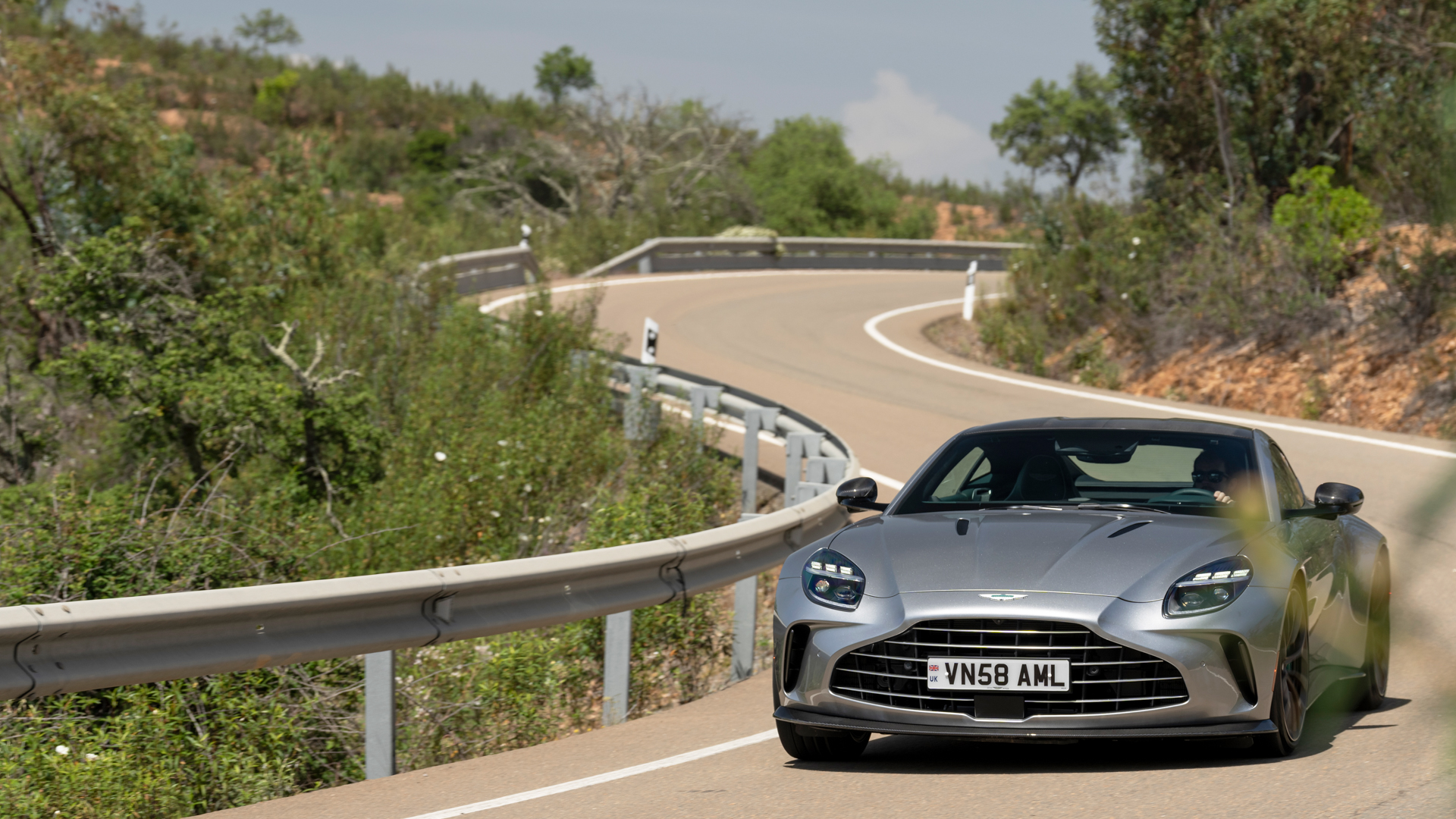
I've always been fond of the 'baby' Aston Martin, dating back to when it was first introduced as a concept way back in 2003. Jump ahead nearly two decades, and although the current, third-generation Vantage remains Aston's entry-level model—being their smallest, least expensive option—it has definitely outgrown its 'baby' label.
The power has surged by a substantial 30 percent compared to its predecessor, and the bi-turbocharged V8 engine now delivers an impressive 656 horsepower along with 800Nm of torque. It achieves the 0-62mph sprint in merely 3.4 seconds, reaching a maximum speed of 202mph. These supercar specifications were once only possible in generations past but are now offered as part of Aston Martin’s lineup at an accessible tier.
The Vantage isn’t merely an armored vehicle; it also boasts numerous technological advancements. Inside, you’ll find Aston’s latest infotainment system featuring a 10.25-inch display screen, enhanced user interface design, and practical use of tactile buttons for essential functions such as climate control and audio levels. Aston assures customers will have access to remote software upgrades. Additionally, desirable add-ons encompass a premium Bowers & Wilkins audio setup.
Check out our initial drive assessment of the Aston Martin Vantage.
Hyundai Ioniq 5 N
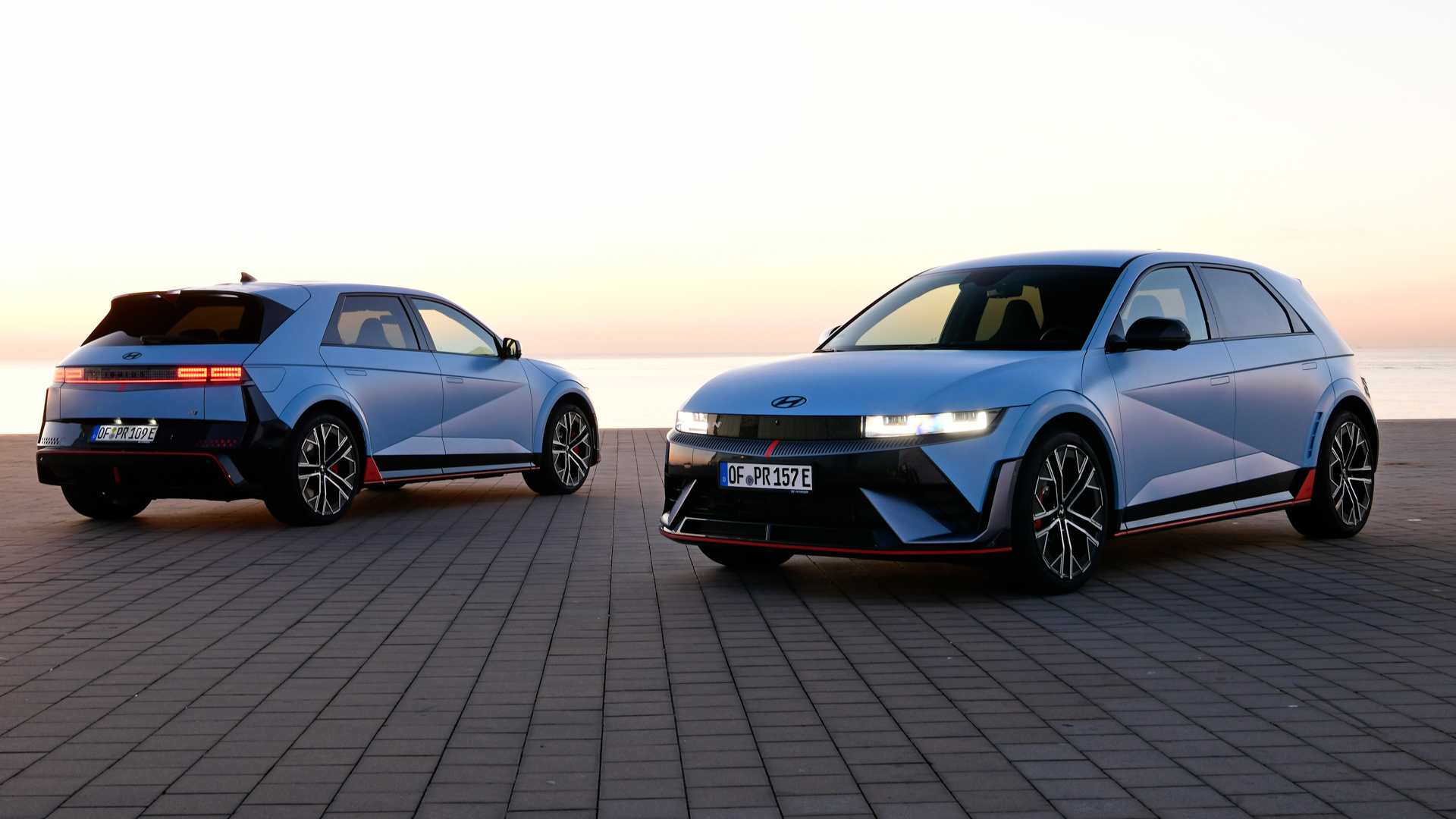
Following closely, we have a sports car with stark contrasts. The Hyundai Ioniq 5 N is an all-electric compact hatchback designed for everyday use, yet it boasts 640 horsepower and accelerates from zero to 62 mph at the exact same rate as the Aston Martin Vantage mentioned earlier. It even features a simulated eight-speed transmission.
Certainly, there’s a standard electric vehicle mode available. However, by pressing a few buttons, the 5 N produces engine and exhaust sounds through its speakers that are surprisingly realistic. The system simulates gear changes with revving and hits an artificial redline if you don’t upshift quickly enough. When you downshift, it mimics the pop and burble of a rally car as well.
The vehicle doesn’t have a clutch pedal or gearstick, yet pulling the paddles located behind the steering wheel gives you the sensation of genuinely shifting gears in a semi-automatic transmission. This feature might seem like a novelty at first, but it actually functions quite well and provides an impressively realistic experience. In terms of making electric vehicles enjoyable, this approach definitely has my support.
Check out our review of the Hyundai Ioniq 5 N.
Porsche 911 Carrera
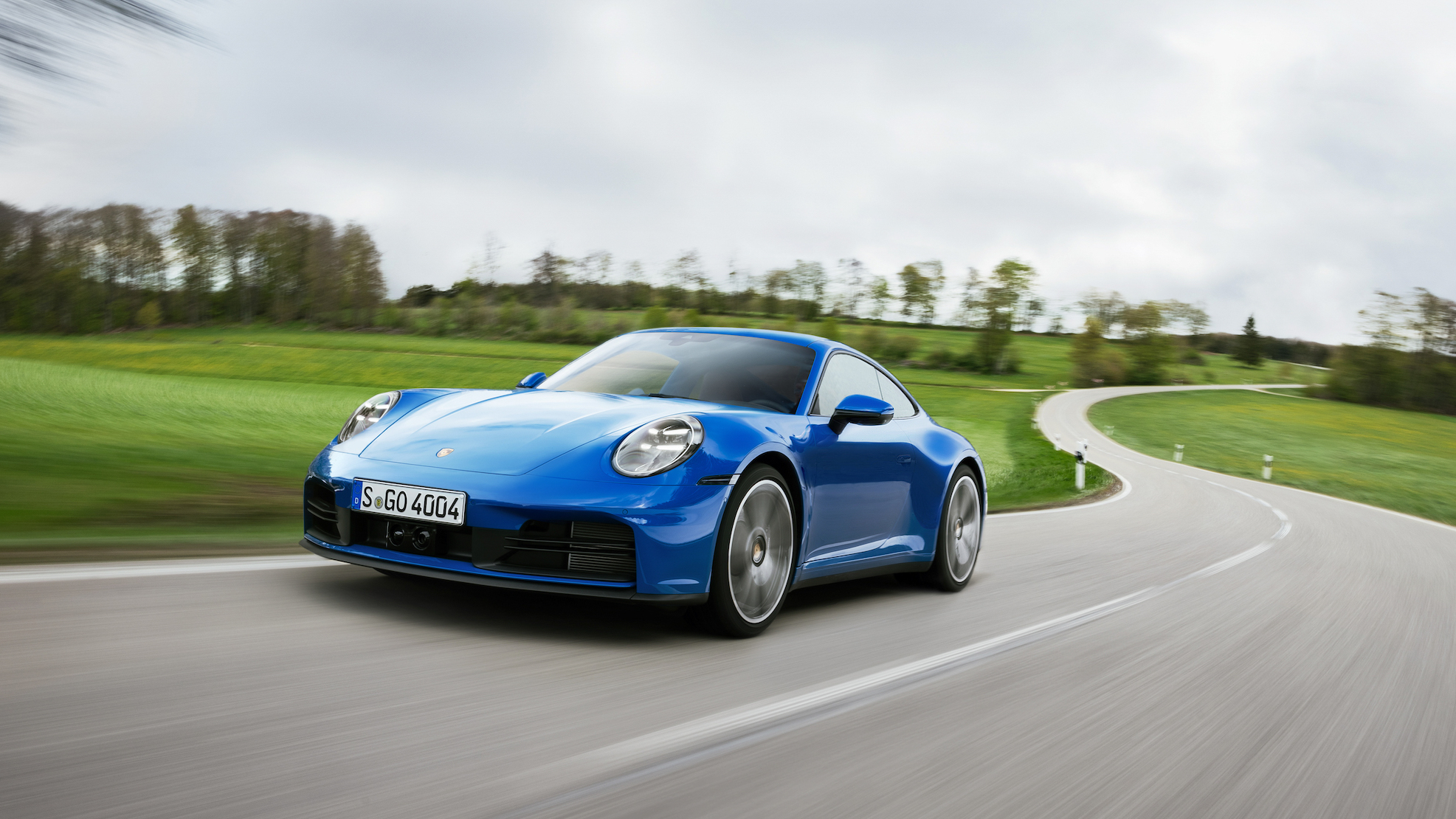
Returning to being dependable, even if just briefly. For many years, the Porsche 911 has stood as the archetypal sports car, and with the newest 992.2 series, this trend shows no indication of shifting.
Certainly, the latest model offers merely a slight improvement over its five-year-old predecessor—and eliminating the analog tachometer and the key-style starter button are moves that regress. However, after spending just a few hours in one, even with the entry-level 911 Carrera, you're quickly reminded of what exceptional vehicles they are.
The base model accelerates from zero to 62 mph in just 3.9 seconds with a maximum velocity of 183 mph. Although it doesn’t feature the advanced hybrid technology found in the newer GTS version, it remains impressively swift for everyday use. Additionally, thanks to an optional set of rear seats at no extra cost, you can fit two children in the back along with maintaining ample storage space typically located beneath the hood.
Alpine A290
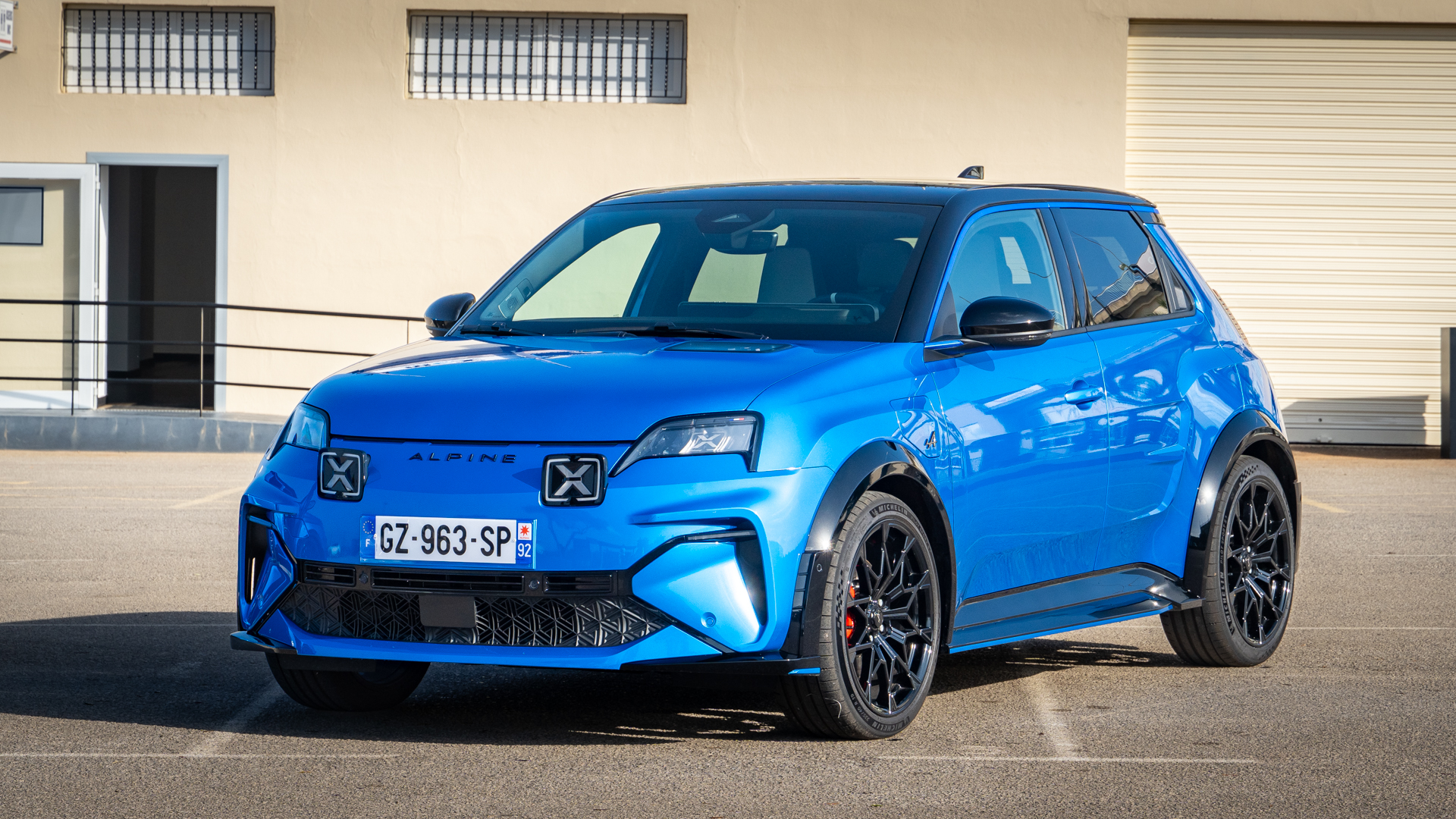
Positioned between the standard Renault 5 and the extreme 5 Turbo 3E, lies the Alpine A290. This French performance hatchback elevates the typical 5 model by boosting power output with an additional 100 horsepower, adopting more aggressive aesthetics, refining the suspension setup, and enhancing the cabin’s design.
This features a steering wheel adorned with controls reminiscent of those found in Alpine’s Formula One vehicle. Included is a blue button for tweaking the level of regenerative braking and a red paddle for immediately unleashing full power. While this may be seen as a novelty, it offers an entertaining method to accelerate sharply from turns while imagining yourself as an F1 racer.
I find the A290’s rally-style design quite appealing, particularly when finished in Alpine’s signature metallic blue paint. The cabin manages to differentiate itself sufficiently from the regular (and wonderfully quaint) Renault 5. Each vehicle comes equipped with an infotainment system powered by Google, which includes features like Google Maps, Google Assistant, and Spotify integration.
Check out our initial drive assessment of the Alpine A290.
The Mazda MX-5 Mk1 by Electrogenic
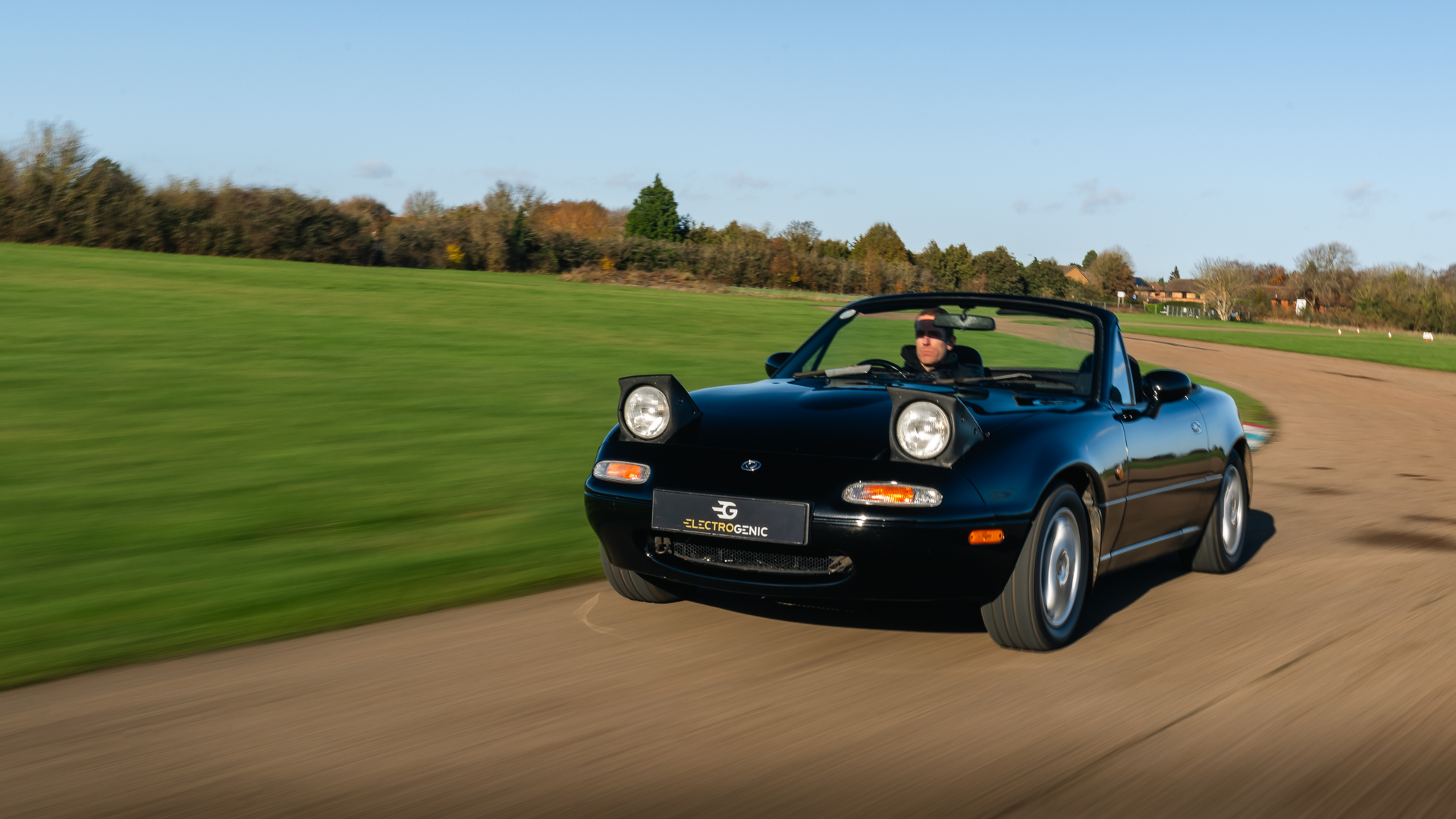
Here’s something quite distinct. I’m a big fan of the Mazda MX-5, and I’ve been driving an ND model for about four years. Therefore, when offered the chance to test drive an electrically revamped NA MX-5 from Electrogenic, I jumped at it.
Available as a kit, the electric motor and battery are designed to install into the initial model, known as the mk1 MX-5. This setup also accommodates the subsequent version, referred to as mk2, with some adjustments. With this conversion, the vehicle generates 160 horsepower, enhancing the power-to-weight ratio by roughly 20% compared to its stock configuration. However, the most notable improvement comes from the substantial increase in torque, reducing the acceleration time for going from 0 to 60 mph down to just six seconds, cutting nearly three seconds off the standard model’s time of 8.6 seconds.
Just like always with compact electric vehicles, the remarkable aspect is how they can accelerate instantly even when starting from a slow speed. Combine this with the MX-5’s lightweight design and excellent handling characteristics, and you get an incredibly enjoyable driving experience. After taking Electrogenic’s test vehicle for a spin around the Bicester Heritage racetrack, I proclaimed it as my favorite converted classic car so far.
Learn more about the electric Mazda MX-5 offered by Electrogenic.
Enjoying this piece? To read more articles like this one, follow us on MSN by tapping the +Follow button at the top of this page.
